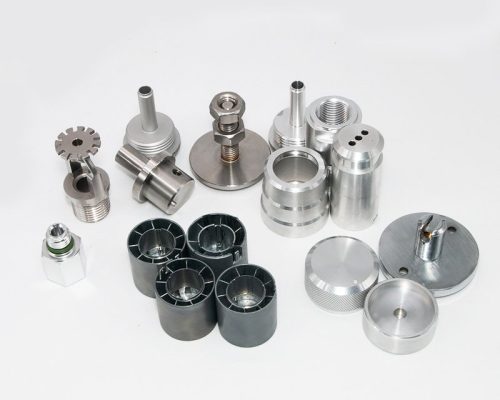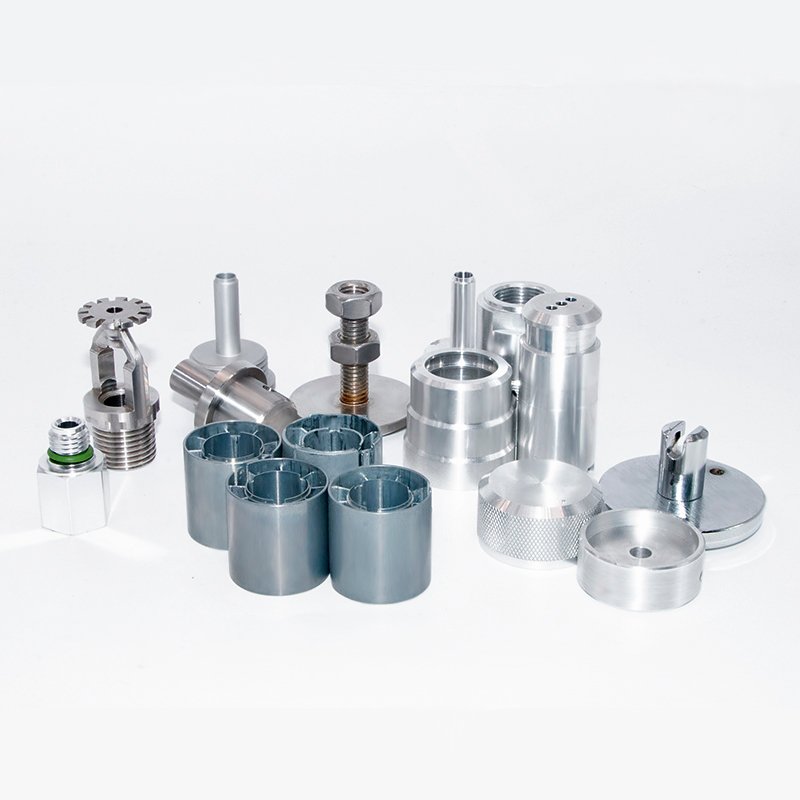Introduction
In the ever-evolving world of manufacturing, precision and efficiency are paramount. As industries increasingly seek to optimize production processes, 4 axis CNC machining has emerged as a game-changer. This article delves into how 4 axis CNC machining enhances precision and efficiency, shedding light on both technical nuances and practical applications.
What is 4 Axis CNC Machining?
Understanding the Basics
4 axis CNC machining refers to a type of CNC (Computer Numerical Control) machining that adds an additional rotational axis to the standard three. In traditional 3 axis machining, movement occurs along the X, Y, and Z axes, allowing straightforward milling and drilling operations. The introduction of the fourth axis, often called the A-axis, enables rotation around the X-axis, facilitating the machining of more complex geometries.
Key Components of 4 Axis CNC Systems
- Rotary Table: This component is fundamental in creating the fourth motion. Mounted on the CNC machine, it rotates the workpiece, allowing tools to reach different angles.
- Control Software: Advanced software programs help operators design intricate parts and control the machine’s movements with precision.
- Tooling: Specialized tools are often required for optimal performance, depending on the materials being processed.
Advantages of 4 Axis CNC Machining
Enhanced Precision and Accuracy
Multi-Angle Machining
The ability to machine a workpiece from multiple angles without repositioning it minimizes tool errors, resulting in higher accuracy. With traditional methods, repositioning can lead to misalignments; however, 4 axis machining mitigates this issue.
Complex Geometries
4 axis machining allows for the production of complex shapes that would be nearly impossible to achieve with 3 axis machines. Intricate designs with undercuts or tapered surfaces become feasible.
Increased Efficiency and Reduced Cycle Times
Time Savings
By eliminating the need to manually reposition the workpiece, 4 axis machining significantly reduces cycle times. This translates into less downtime and faster production rates.
Automation
4 axis CNC machining allows for the automation of operations. The machine can run multiple jobs unattended, enabling manufacturers to keep their production lines moving even after hours.
Cost-Effectiveness
Reduced Labor Costs
With automation and reduced handling, labor costs decrease significantly. Fewer operators are needed to oversee the machining process, leading to savings in payroll and training.
Material Utilization
The precision of 4 axis machining minimizes waste, which is crucial in a market where raw material costs continue to rise. Efficient material utilization enhances the overall profitability of manufacturing operations.
Applications of 4 Axis CNC Machining
Aerospace Industry
In aerospace, where precision is non-negotiable, 4 axis CNC machining is vital for creating intricate components such as engine mounts, brackets, and housings. Their tolerance levels must meet stringent standards, and 4 axis machines deliver on this front.
Medical Device Manufacturing
The medical industry benefits significantly from 4 axis machining, particularly in the production of surgical instruments and implants. The ability to produce complex geometries improves device performance and patient outcomes.
Automotive Sector
From engine components to body panels, the automotive sector employs 4 axis CNC machining for both prototyping and mass production. The ability to quickly produce lightweight, durable components is invaluable in this competitive market.
Custom Fabrication
For businesses that require custom parts, 4 axis CNC machines offer unparalleled flexibility. Designers can produce low-volume, high-quality custom components quickly and economically.
Technical Details of 4 Axis CNC Machining
Axis Coordination
Understanding how the axes work together is crucial. The movement in 4 axis CNC machining involves coordinated motion across all four axes. The software calculates the movements necessary to achieve the desired machining path, ensuring precision throughout the process.
G-Code Programming
G-code is the language that CNC machines understand. Crafting G-code for 4 axis machining can be more complex than for 3 axis machines. The additional axis demands more intricate coding, allowing operators to define specific tool paths for complex designs.
Tool Path Strategies
The success of 4 axis machining heavily relies on effective tool path strategies. Optimizing tool paths can significantly reduce machining time and spindle wear, enhancing productivity and tool longevity. Techniques such as adaptive milling and constant engagement help achieve this optimization.
Challenges in 4 Axis CNC Machining
Operator Training and Expertise
While 4 axis CNC machining offers many benefits, it also requires skilled operators. Proper training is essential to maximize the machine’s potential and maintain safety standards.
Machine Maintenance
The complexity of 4 axis systems requires regular maintenance to avoid downtime. Operators must be vigilant in checking machine parameters and performing necessary upkeep to ensure consistent performance.
Initial Investment
The upfront costs of investing in 4 axis machinery can be daunting for smaller manufacturers. However, the long-term savings associated with efficiency and reduced labor often justify the initial expenditure.
Future Trends in 4 Axis CNC Machining
Integration with AI and IoT
As technology continues to advance, the integration of AI and IoT into CNC machining systems is set to revolutionize the industry. These technologies can provide real-time monitoring, predictive maintenance, and enhanced automation capabilities, further streamlining production processes.
Increased Use of Advanced Materials
The demand for lightweight and durable materials will drive innovation in CNC machining techniques. As manufacturers explore new materials, 4 axis CNC machines will ensure that complex shapes can be produced efficiently.
Customization and Personalization
As the market moves towards more personalized products, 4 axis machining will be essential in quickly producing customized components without sacrificing quality.
Conclusion
4 axis CNC machining is a transformative process in modern manufacturing, enhancing both precision and efficiency. By understanding its advantages, applications, and technical intricacies, manufacturers can leverage this technology to stay competitive in an ever-evolving market. Whether for aerospace, automotive, or custom fabrication, the integration of 4 axis machining is not just an option; it is becoming a necessity for businesses aiming for excellence.
If your organization is looking to elevate its manufacturing capabilities, investing in 4 axis CNC machining is a strategic move that can lead to a stronger bottom line and brighter future. Explore how your operations can benefit today!


